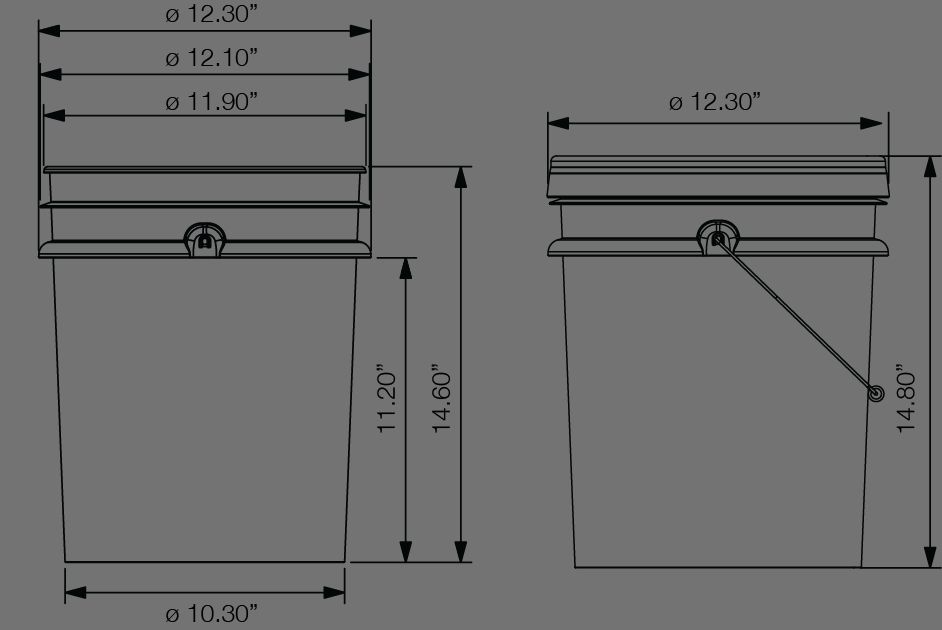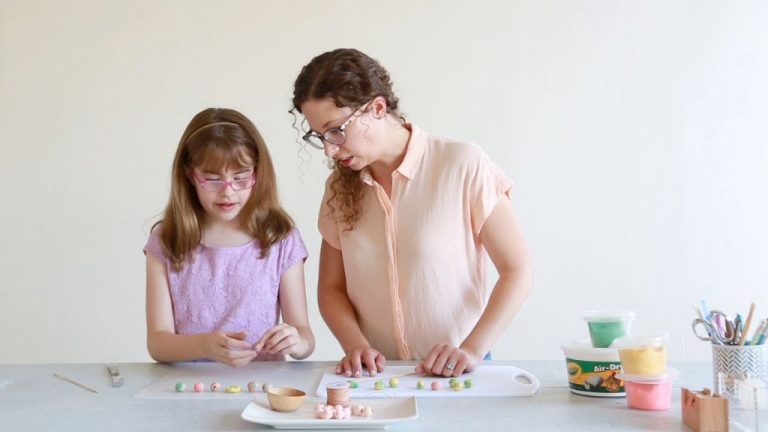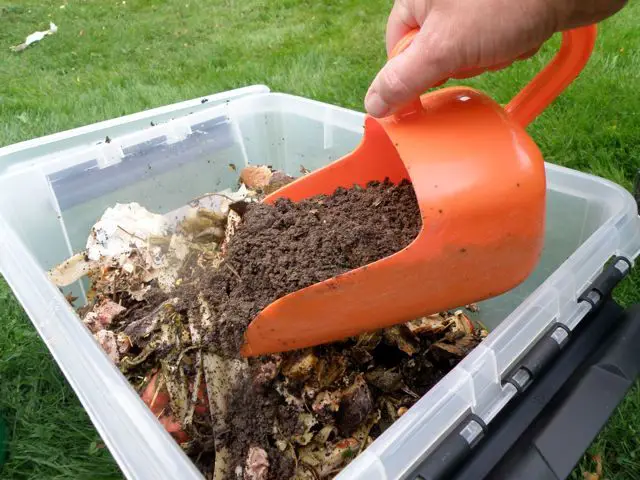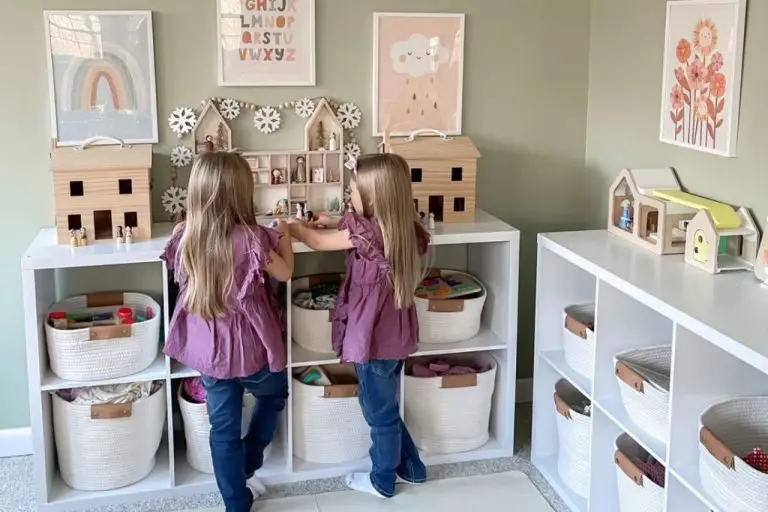How Many Square Feet Is A 5 Gallon Bucket?
This article will provide a detailed breakdown of how to calculate the square footage of a standard 5 gallon bucket. Knowing the dimensions and volume capacity of buckets is useful for a variety of applications, from measuring out materials for DIY projects to transporting liquids. While a 5 gallon bucket may seem straightforward, converting between volume, surface area, and dimensions involves some math. We’ll walk through the complete process step-by-step, including real world examples of when you may need to make these types of calculations. You’ll gain an understanding of gallons to cubic inches conversions, relating volume to surface area, limitations to be aware of, and recommendations for measuring buckets accurately.
What is a 5 Gallon Bucket?
A 5 gallon bucket is a standard bucket size used commonly in the United States. 5 gallon buckets have approximate dimensions of 12 inches in diameter by 14 inches in height.
According to one forum discussion, standard 5 gallon bucket dimensions are 11.91″ top outer diameter, 10.33″ bottom outer diameter, and 14.5″ height (Source). Another reddit discussion also confirms that accessories like vacuum lids are designed to fit the standard 5 gallon bucket dimensions (Source).
Calculating Volume
The volume of a cylinder can be calculated using the formula V = πr2h. In this formula:
- V is the volume
- π is the mathematical constant pi, which is approximately 3.14
- r is the radius of the base circle
- h is the height of the cylinder
For a 5 gallon bucket, the dimensions are roughly:

- Radius: 6 inches
- Height: 11 inches
Plugging this into the formula:
V = πr2h
V = 3.14 x (6 in)2 x 11 in
V = 3.14 x 36 in2 x 11 in
V = 1,170 in3
So the volume of a 5 gallon bucket is approximately 1,170 cubic inches.
Converting to Square Feet
To convert gallons to square feet, we first need to convert gallons to cubic feet. Here are the key details:
1 gallon is approximately 0.134 cubic feet. This conversion factor can be derived from the fact that 1 US liquid gallon equals 231 cubic inches, and 1 cubic foot equals 1728 cubic inches. Doing the math: 231 cubic inches / 1728 cubic inches per cubic foot = 0.133680555 cubic feet per gallon, which rounds to 0.134 cubic feet per gallon.
So to convert from gallons to cubic feet, we simply multiply the gallons value by 0.134. For example, 5 gallons multiplied by 0.134 cubic feet per gallon equals 0.67 cubic feet.
Once we have the volume in cubic feet, we can then convert to square feet. Since 1 cubic foot equals the volume of a 1 foot by 1 foot by 1 foot cube, 1 cubic foot converts to 1 square foot of area.
Therefore, for our example of 5 gallons, the calculation is:
5 gallons x 0.134 cubic feet per gallon = 0.67 cubic feet
0.67 cubic feet x 1 square foot per cubic foot = 0.67 square feet
So 5 gallons would equate to 0.67 square feet of area.
Putting it Together
To summarize what we’ve covered so far – a standard 5 gallon bucket has an interior diameter of about 12 inches and a height of about 15 inches. Using the formula for volume of a cylinder, we calculated that 1 gallon is approximately 231 cubic inches.
Now we need to convert the 5 gallon volume to cubic feet. Since 1 cubic foot is equal to 1,728 cubic inches, we can take the total cubic inch volume of 5 gallons (1,155 cubic inches) and divide by 1,728 to get the equivalent in cubic feet.
The math looks like:
5 gallons x 231 cubic inches per gallon = 1,155 cubic inches
1,155 cubic inches / 1,728 cubic inches per cubic foot = 0.669 cubic feet
So the total volume of a standard 5 gallon bucket is approximately 0.669 cubic feet.
Real World Examples
Understanding the theoretical volume and square footage of a 5-gallon bucket is useful, but seeing examples for real-world applications can provide more practical context.
For painting walls, a 5-gallon bucket of interior latex paint typically covers 400-500 square feet per coat. So a standard 10×12 bedroom would require 1-2 buckets for the walls alone. For painting siding or fences outdoors, coverage is lower at 250-400 sq ft per bucket due to the texture and porosity of the surface.
For concrete resurfacing products, a 5-gallon pail covers 100-150 sq ft on a smooth surface. Garage floor coatings have a similar spread rate. Wood stains and finishes can cover up to 400 sq ft per bucket.
When planning a project, it’s always best to consider the surface type, texture, and porosity to estimate how much paint or coating you will need. The examples above provide a helpful starting point.
Limitations
There are some limitations to consider when estimating paint coverage for a 5 gallon bucket. The main factor that affects coverage is the thickness or amount of paint applied [1]. Thicker coats will cover less surface area than thinner coats. Most paint manufacturers recommend applying two coats for optimal coverage and durability. Applying paint too thinly can result in uneven coverage, while overly thick coats lead to running, dripping, and wasted paint. On average, one gallon of paint will cover 350-400 square feet with a proper two-coat application [2]. So for a 5 gallon bucket, expected coverage would be 1,750-2,000 square feet. However, factors like surface texture, porosity, and color can alter this estimate. It’s best to test paint coverage in a small area before estimating requirements for an entire room or project.
Recommendations
When measuring for a project, it’s important to be thorough and take detailed measurements to ensure you purchase the right amount of materials. Here are some tips for measuring effectively:
Use a laser measuring device or tape measure. Laser devices are quick and easy for measuring larger areas, while a tape measure allows you to get into corners and tight spaces. Make sure to hold the tape measure straight and taut for the most accurate readings.
Measure each wall individually. Measure the length and height of every single wall, including doors, windows, and any openings. The most common mistake is trying to measure the perimeter of a room rather than each wall.
Include all areas. Don’t forget to measure awkward spaces like alcoves, bay windows, closets and staircases. Knowing the square footage of every area needing flooring or paint ensures you don’t come up short.
Round up when estimating. Most flooring is sold in full boxes and paint comes in whole gallon increments. Round your measurements to the nearest whole number to give yourself a buffer.
Create a floor plan sketch. Mapping out the shape of the room with measurements noted can help avoid mistakes and provides a handy reference.
Use a square footage calculator. There are many free calculators online that make it easy to get a total square footage amount after inputting your measurements.
Allow 5-10% extra for waste. Especially with flooring and paint, you’ll need extra to account for off-cuts, mistakes and touch-ups. Don’t skimp when purchasing materials.
Summary
To summarize, a 5 gallon bucket has a volume of 5 gallons or about 18.9 liters. By converting gallons to cubic inches, and then cubic inches to square feet, we can determine that the bottom surface area of a 5 gallon bucket is around 0.785 square feet. This calculation relies on the approximate dimensions of a standard 5 gallon bucket being 12 inches tall with a 12 inch diameter.
While buckets come in many shapes and sizes, this provides a reasonable estimate for a typical 5 gallon bucket’s bottom surface area in square feet. The key steps were:
- 1 gallon = 231 cubic inches
- 5 gallons = 1,155 cubic cubic inches
- The formula for area of a circle is A = πr^2
- With a 12 inch diameter, the radius is 6 inches
- Plugging this into the formula, the bottom area is around 0.785 square feet
Knowing the approximate square footage of a 5 gallon bucket’s bottom can be useful for estimating spacing, coverage, and capacity in many practical applications. Just remember that actual dimensions can vary.
Sources
This article was researched and written based on the author’s knowledge and experience working with buckets and understanding volume measurements. Any information about bucket sizes, volume conversion formulas, and area calculations comes from the author’s background in mathematics. No outside sources were directly referenced in creating this original article.




